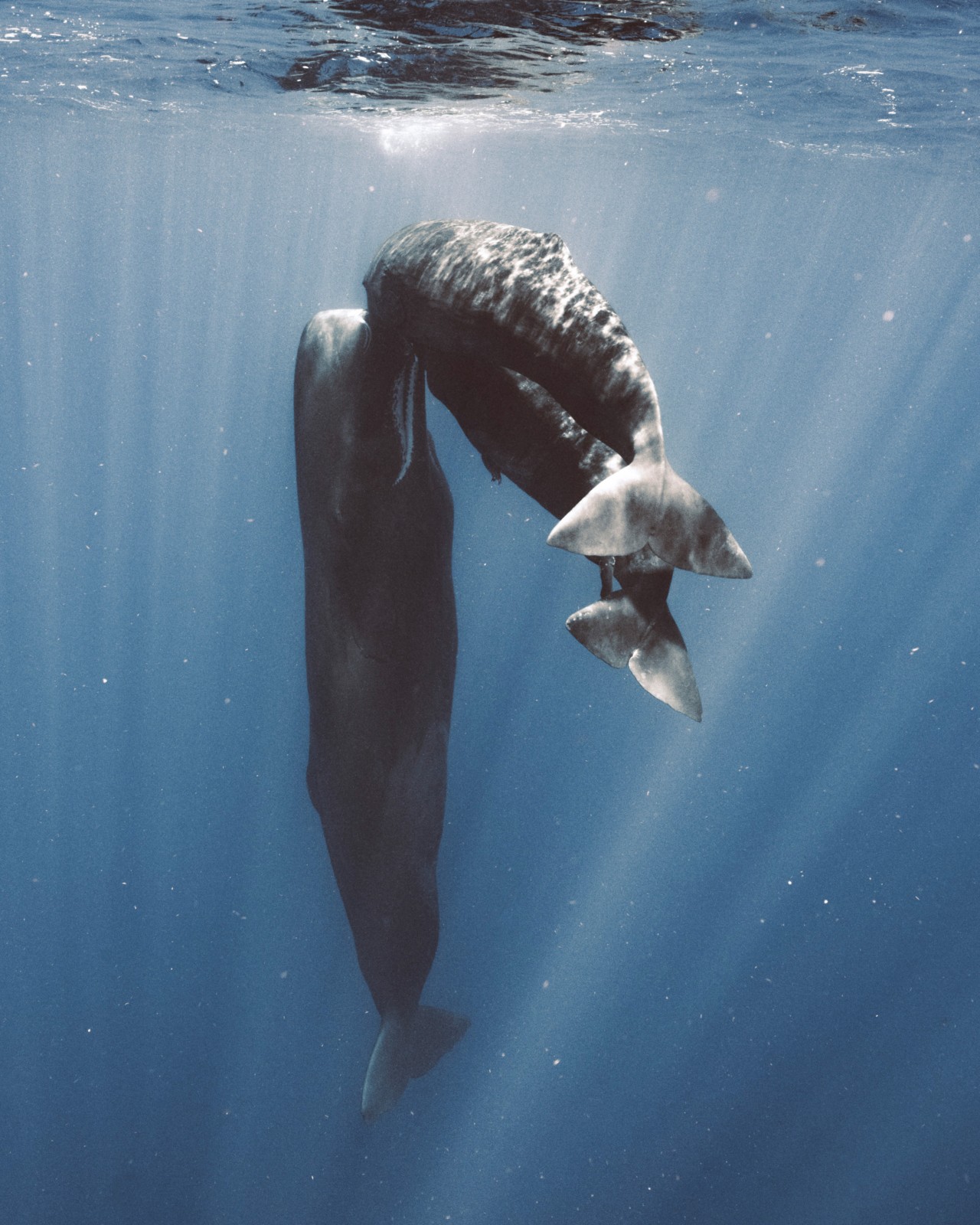

words by willow defebaugh
photograph by lena c. emery
“To see a world in a grain of sand and a heaven in a wildflower, hold infinity in the palm of your hand and eternity in an hour.”
—William Blake
I wish you could see the view in front of me. I’m sitting on a porch overlooking the Dolomites in Northern Italy, where mountain ridges wrap around as far as the eye can see, cascades of gleaming white trailing down into rolling greenery. Individually, the spires of mountain pines stand tall; together, they blanket the region in an ecosystem that appears to stretch for miles. I’m reminded of why I’m writing to you, why I came here: not to miss the forest for the trees.
We conceived of Atmos Volume 11: Micro/Macro in the weathering lead-up to the most recent presidential election in the United States, and the majority of the time that we have spent creating it has been in the suffocating aftermath. But here in nature, amid the fresh alpine air, it feels more minute. I can breathe. This moment is asking us to hold life at varying scales, which is the heart of this new issue. Humanity must humble itself within the context of life on Earth, but we must simultaneously remember that we are all capable of effecting change around us. We need to keep the big picture in mind, while also keeping our focus on what we personally can contribute to it.
Our universe is an endless series of worlds within worlds. From the molecular ones we carry to the vastness of the cosmos, everything comes down to scale. This issue looks at patterns, systems, and size—exploring the fragility and interconnectedness of life on our planet, from enchanting microcosms to towering biomes. Its stories examine local and global theories of change, the scalability of solutions, invisible lifeforms and giant megafauna, and the role of micro actors in shaping macro systems: transforming ourselves to transform the world.
This issue is teeming with perspective shifts. In “Gaia Complex,” author Ferris Jabr offers a big picture look at why our planet is more complex than even a superorganism, and in “The Lifegiver,” Paul Hawken argues for realigning ourselves with the element responsible for much of our existence: carbon. Meanwhile, Janine Benyus invites us into the genius of biomimicry in “Art Imitates Life,” while professor Marcia Bjornerud shares her view of rocks as Earth’s most ancient wisdom keepers.
The scale at which we look determines the story we see. In “Written in the Stars,” Nick Martin wonders how we can avoid colonization playing out again on a cosmic scale. Here on Earth, Oliver Milman looks at what we can learn from the quickly vanishing bioluminescence of fireflies in “Flashing Lights.” And in “Leafing Through Time,” Riley Black traces Earth’s past in fossilized leaves, while Roxane Gay reminds us that the right to choose—to create life or not—is increasingly constrained both by politics and planetary change.
All the more reason we have to stay focused on the future we are trying to create, and the solutions that will get us there. That includes allowing nature to simply heal: In “A River’s Return,” Ash Sanders bears witness to the Colorado River’s resilience as it reclaims its own course after decades of damming. Meanwhile, in “Microbial Mending,” Sophie Benson turns to the microbial world of bacteria and fungi to reweave the future of fashion, while Yessenia Funes untangles the potential of atomic energy—and whether it is truly clean—in “Going Nuclear.”
I wish you could see the view in front of me. I’m standing under a night sky filled with more stars than I can count, more than I’m ever able to see against the backdrop of my urban life. I’m reading the constellations, the epic sagas we have drawn between seemingly disparate dots in the cosmos, and reflecting on the power of stories to draw such connections. I feel small, the way that the Earth is small. I feel vast, the way that the Earth is vast. And I wonder if the cells that make up my being feel similarly: if they too are witnessing the resplendence of life at scale.
Life at Scale